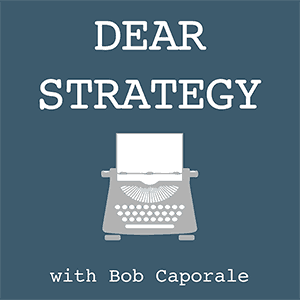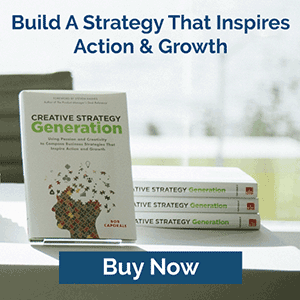Dear Strategy:
“How should Product Management take new product ideas and inputs from multiple channels (Sales, Engineering, Applications Engineering, etc.) and quickly conduct a feasibility study to prioritize additional business case work?”
Before I answer this question, it’s important that I set the stage on how a typical gated decision-making process operates. Most new product ideas will go through a series of decision gates from the time it is conceived to the time it is launched. At each gate, a “go / no-go” decision is made based on the increasing amount of information that is presented at each gate. The idea is to start with only high-level customer, competitor, and financial information at early gates, and then provide increasingly more detailed information at subsequent gates as the idea gets closer to becoming a validated business case. The reason for this is obvious – if you go too deep too early, you’ll never have time to evaluate ideas. Or, worse, you may feel obligated to invest in all of your ideas because of all the time you’ve spent evaluating them.
So, the first answer is to make sure you have a proper decision-gate process in place and that you are only evaluating high-level information at the earlier gates. This will allow you to make faster decisions on ideas without having to put together full-out financial business cases for each one, and will also encourage more ideas to be evaluated because the process won’t be too terribly burdensome.
The next part of the answer is to make sure you have a consistently updated overarching product line strategy against which new ideas can be evaluated. Every good strategy comes with some amount of customer, competitor, company, and macro-level trend analysis. And at least some portion of this information will almost always apply not only to your overall strategy, but also to your new product ideas as well. This means that having a fully updated strategic plan will usually make the information gathering process for new ideas a lot faster; especially at the earlier gates.
Of course, your strategy will also serve to guide which ideas actually make sense with respect to your overall plan. For example, if your overall strategy is to approach the market with breakthrough, innovative products, then quickly eliminating any ideas for “me-too” or low-cost products will be a no-brainer.
So, having a strategy is the shortest and still the best answer I can give for quickly evaluating new ideas – which should give you just one more reason to keep tuning in!
Listen to the podcast episode
Dear Strategy: Episode 010

###
Bob Caporale is the author of Creative Strategy Generation and the host of the Dear Strategy podcast. You can learn more about his work by visiting bobcaporale.com.





